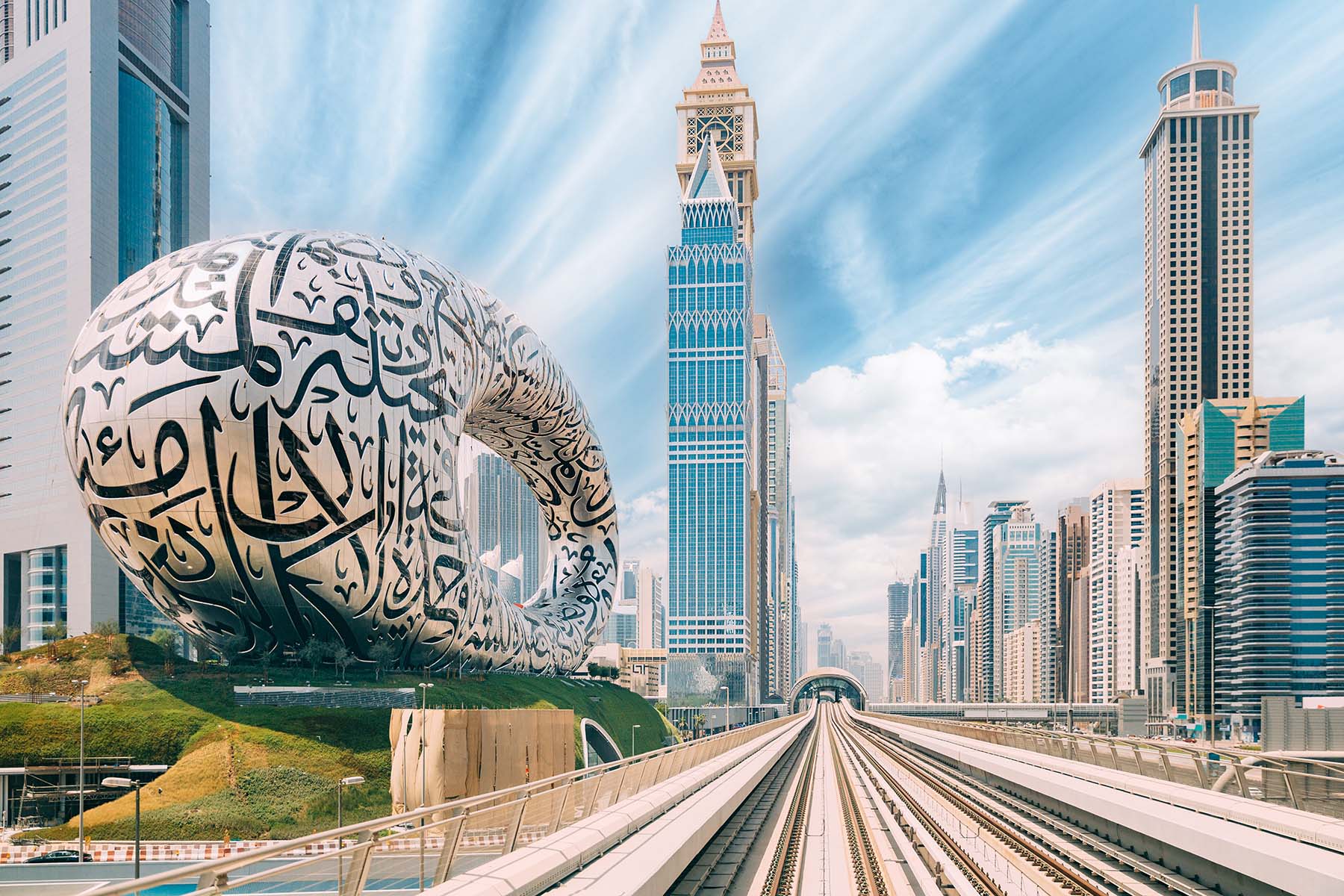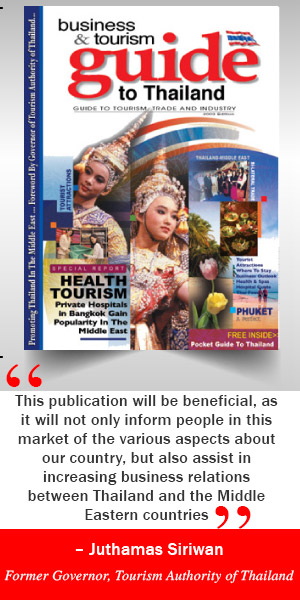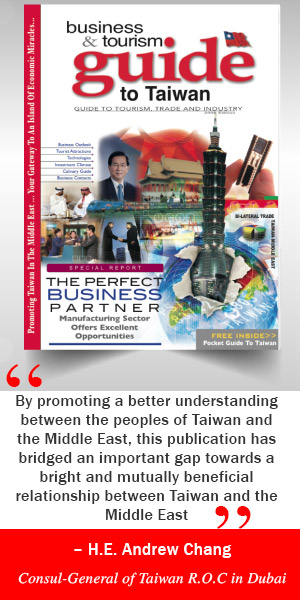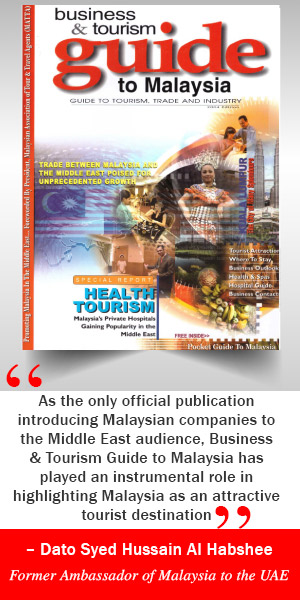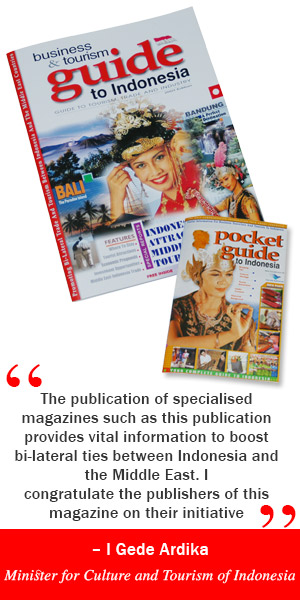Indian tourists are emerging as one of the leading travelers to the Middle East and GCC. With the Indian outbound market forecast to be worth $143.5 billion annually by the end of this decade, the Indian tourism sector is under the spotlight.
According to a report by booking.com and McKinsey, 70% of Indians travelling overseas choose nearby destinations, with one-third choosing destinations in the Middle East. The UAE is the top regional destination, followed by Saudi Arabia. According to the DET, India is Dubai’s top source market, with 1.9 million visitors in the first 10 months of 2023. Saudi Arabia is aiming for 7.5 million visitors by 2030.
To illustrate the sheer size and potential growth of India’s overall outbound market, prior to the pandemic in 2019, Indians made 26.9 million overseas trips; the report predicts that by 2030, that number could increase to 50 million departures.
On the other hand, the Indian business travel market witnessed a remarkable 24.7 per cent growth in 2023, and experts anticipate an additional 18.3 per cent increase in 2024, reaching an estimated value of $38.2 billion.
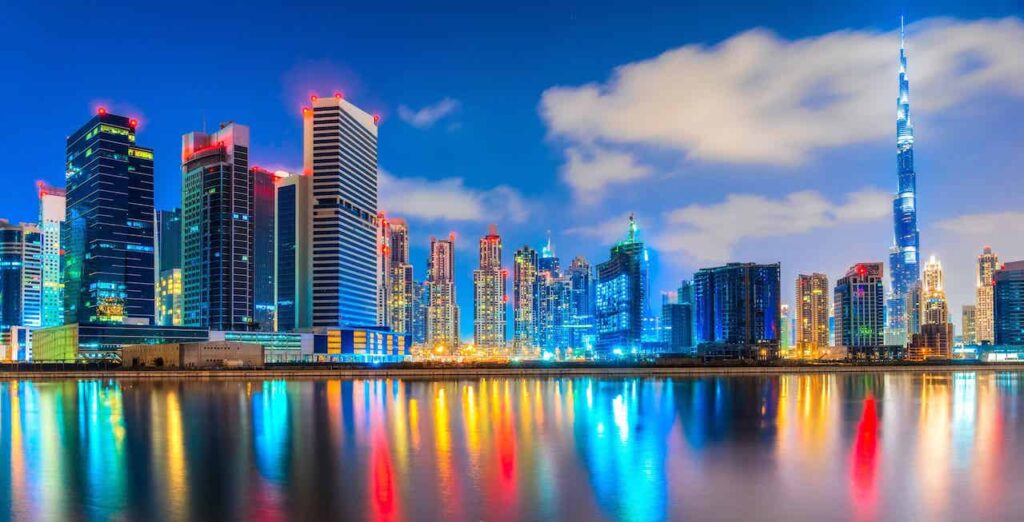
Danielle Curtis, Exhibition Director ME, Arabian Travel Market, said: “The boom in outbound travel from India is being driven primarily by the growing middle class. In 2020, only 37 million households had annual income between $10,000 and up to $35,000, but due to India’s rapid economic growth, by 2030 that number will rise significantly to 177 million households.
“More specifically, households earning over $35,000 per annum will also increase from two million in 2020 to 13 million by 2030, a sixfold increase!
“And with India’s median age being just 28 years, it’s little wonder that the UNWTO recognises India as one of the top three fastest-growing outbound markets in the world. By 2030, India’s total travel expenditure will be valued at $410 billion.
“Putting that into perspective, prior to Covid, in 2019, it was worth just $150 billion, an increase of 173%.”
Furthermore, it is not just the volume of Indian travellers that is getting Middle East destinations excited. According to a survey by Acko Insurance, the majority of Indian travellers who responded were willing to spend up to $7,000 on international trips.
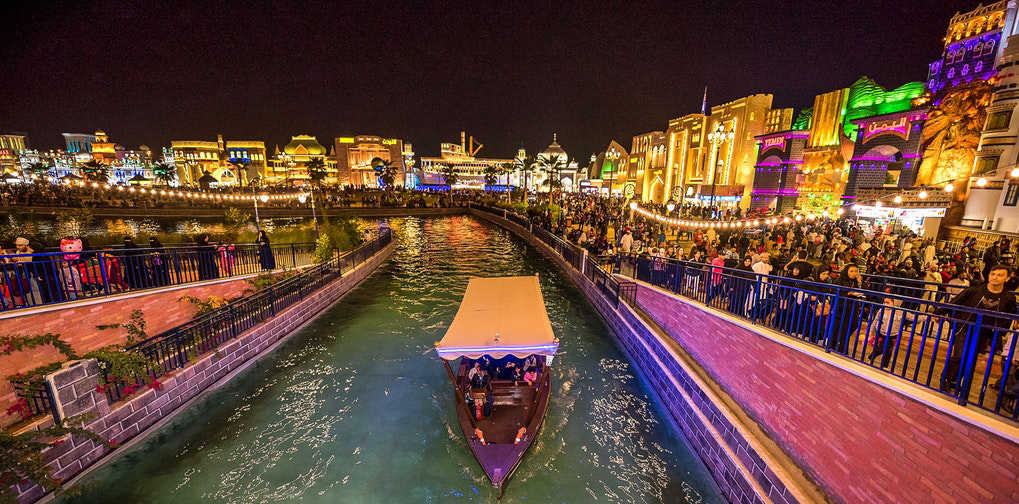
Dubai’s strategy to become a cosmopolitan hub is underscored by its use of short-term rentals to attract long-term residents, alongside the introduction of the golden visa to encourage residency among tourists. Then there is the broader trend of luxury travel in the Middle East, the need for budget accommodations to meet the demands of the middle class, and the strategic use of luxury hotels as marketing tools to attract tourists, with short-term rentals providing practical accommodation solutions.
Another reason already alluded to is the close proximity of the Gulf states, Dubai is the most popular city destination for Indian travellers, just three hours flight time from Mumbai and Delhi. In addition, increased connectivity and affordable air travel from tier-two cities are also driving demand, particularly direct flights with low-cost carriers.
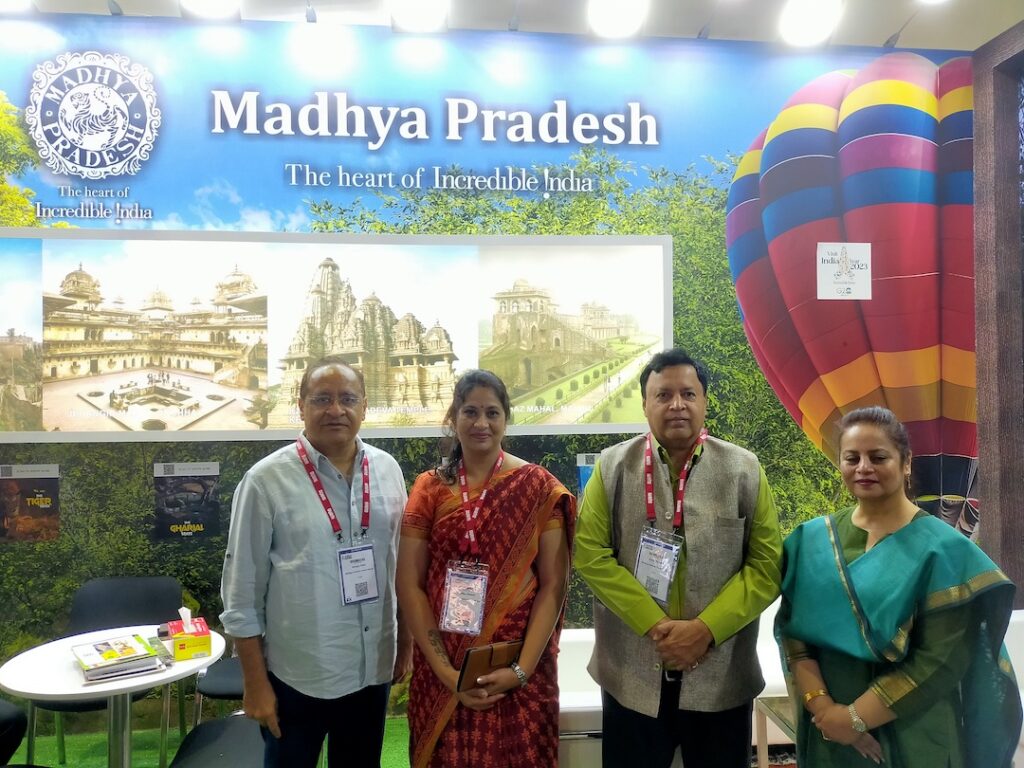
And with over 8.5 million Indian expatriates currently working in the GCC, business travel and bleisure, will undoubtedly underpin this growth.
Last year’s ATM hosted several high-profile exhibitors from India, including Air India, who exhibited for the first time, the Goa Department of Tourism, Madhya Pradesh Tourism Board, Uttar Pradesh Tourism, Karnataka Department of Tourism, Odisha Tourism and Puducherry Tourism. This year, with an anticipated 20% increase in exhibitors from India expected, TBO.com, Taj Hotels, Rezlive, and Rategain have already confirmed. New exhibitors to feature in the 2024 edition of the show include Verteil Technologies, Tulah Clinical Wellness, ZentrumHub and The Paul Resorts & Hotels.
Join our social community on Facebook, Instagram, YouTube and TripAdvisor √√



